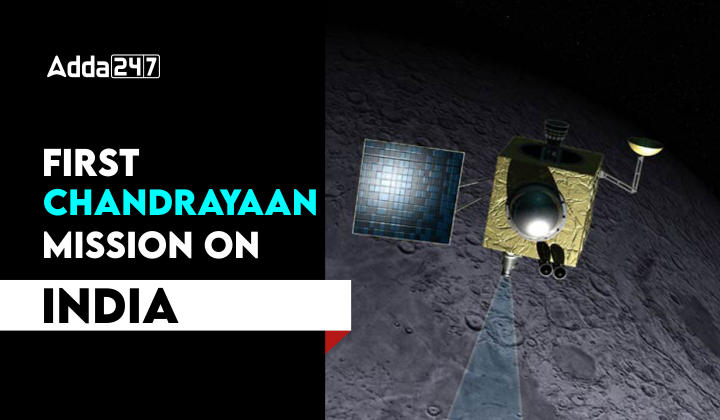In a historic leap for India’s space program, the Chandrayaan-1 mission marked the country’s first bold step towards lunar exploration. Chandrayaan-1 mission launched on 22nd October 2008 by the Indian Space Research Organization (ISRO), became an evidence of India’s growing capabilities in space science and technology.
Chandrayaan-1 Mission Objectives
Chandrayaan-1’s primary objective was to conduct comprehensive scientific research of the Moon from orbit. Equipped with a suite of advanced scientific instruments, the spacecraft aimed to study the Moon’s surface, composition, mineralogy and topography. The spacecraft carried a total of 11 scientific payloads, including instruments developed by India and International collaborators.
Chandrayaan-1 Mission Key Milestones
Launch and Early Operations
Chandrayaan-1 was launched with Polar Satellite Launch Vehicle (PSLV-C11) from the Satish Dhawan Space Centre (SDSC SHAR) in Sriharikota, India. With a launch mass of 1380 kg, the spacecraft entered lunar orbit and settled into an orbit around 100 km above the lunar surface.
Scientific Payloads
The spacecraft was equipped with a diverse array of scientific payloads, India contributed instruments like the Terrain Mapping Camera (TMC), Hyper Spectral Imager (HySI), Lunar Laser Ranging Instrument (LLRI), High Energy X-ray Spectrometer (HEX) and the Moon Impact Probe (MIP). Additionally, international partners provided instruments including the Chandrayaan-1 X-ray Spectrometer (CIXR), Near Infrared Spectrometer (SIR-2), Sub KeV Atom Reflecting Analyzer (SARA), Miniature Synthetic Aperture Radar (Mini SAR), Moon Minerology Mapper (M3) and Radiation Dose Monitor (RADOM).
Achieving Mission Goals
Chandrayaan-1 conducted extensive mapping and analysis of the lunar surface, shedding light on its chemical composition, mineral distribution and geological features. These findings contributed to a deeper understanding of the Moon’s origin evolution and its relationship with Earth.
Orbit Adjustment
In May 2009, after accomplishing its primary objectives, the spacecraft’s orbit was raised to around 200 km above the lunar surface. This allowed for continued observations and data collection. Over the course of its mission, Chandrayaan-1 completed more than 3400 orbits around the Moon.
Result of the Mission
On 29th August, 2009, communication was lost with Chandrayaan-1. Despite the communication loss, the mission’s contributions to lunar science endured.
Legacy and Scientific Impact of Chandrayaan-1
Chandrayaan-1 significantly enhanced our knowledge of the Moon’s composition, geology and surface characteristics. The data collected by its scientific instruments continue to fuel scientific research and discoveries related to the Moon. Among its notable findings was the discovery of water molecules on the lunar surface, challenging previous assumptions about the Moon’s dry nature.
Find More General Studies News Here



 Paris Olympics 2024 Medal Tally, India M...
Paris Olympics 2024 Medal Tally, India M...
 Which District of Madhya Pradesh is Famo...
Which District of Madhya Pradesh is Famo...
 EC Signs Electoral Cooperation Pact with...
EC Signs Electoral Cooperation Pact with...

